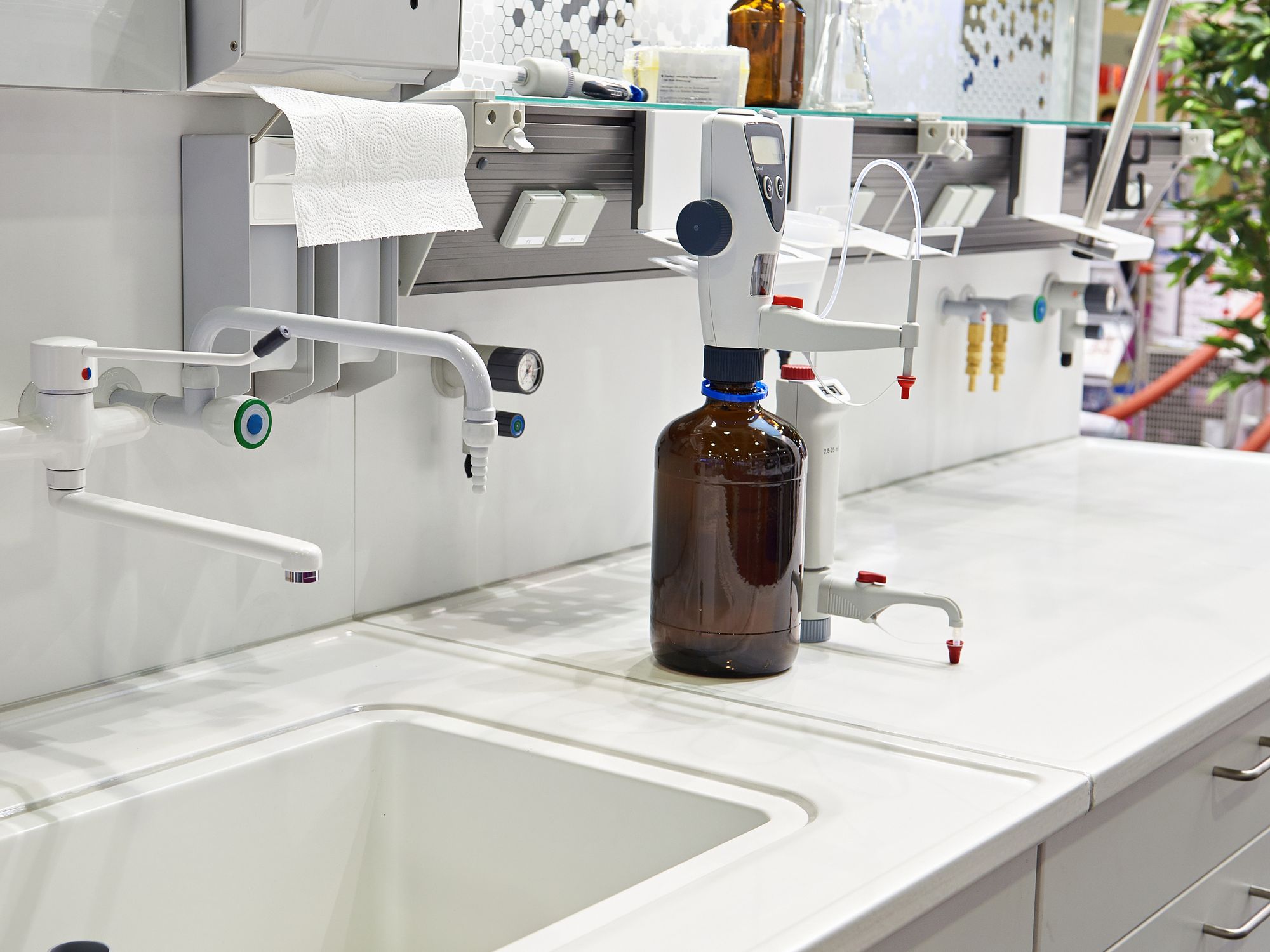InstituteBloodborne PathogensSafety & HealthGeneral Industry SafetyUSABloodborne PathogensEnglishAnalysisFocus AreaIn Depth (Level 3)
Other requirements for production facilities only
['Bloodborne Pathogens']

- Under the Bloodborne Pathogens Standard, some additional requirements apply only to HIV and HBV production facilities.
- These requirements concern work area access, safety and decontamination equipment, and ventilation.
In addition to the requirements that apply to both research laboratories and production facilities, human immunodeficiency virus (HIV) and hepatitis B virus (HBV) production facilities shall meet the following criteria:
- The work areas shall be separated from areas that are open to unrestricted traffic flow within the building.
- Entering the work area from access corridors or other adjoining areas must require passage through two sets of doors.
- Physical separation of the high-containment work area from access corridors or other areas or activities may also be provided by a clothes-change room (showers may be included), airlock, or other access facility that requires passing through two sets of doors before entering the work area.
- The surfaces of doors, walls, floors, and ceilings in the work area shall be water-resistant so that they can be easily cleaned. Penetrations in these surfaces shall be sealed or capable of being sealed so they can be decontaminated.
- Each work area shall contain a sink for washing hands.
- The sink shall be foot, elbow, or automatically operated and near the exit door of the work area.
- The handwashing facility must be supplied with at least tepid water, soap, and hand towels.
- Each work area must also have a readily available eyewash facility.
- The eyewash must supply a sufficient quantity of water to completely flush the eyes. A 15-minute supply of continuous free-flowing water is acceptable.
- The employee’s hands must be free to hold the eyelids open to aid in the complete flushing of the eyes.
- Portable handwashing and eyewash facilities are acceptable only if they meet these requirements.
- Access doors to the work area or containment module shall be self-closing.
- An autoclave for decontamination of regulated waste shall be available within or as near as possible to the work area.
- This minimizes the potential for accidental exposure of other employees from the transport of culture fluids, plasticware, and other contaminated equipment.
- A ducted exhaust-air ventilation system shall be provided.
- This system shall create directional airflow that draws air into the work area through the entry area.
- Exhaust air shall not be recirculated to any other area of the building.
- Exhaust air shall be discharged outside, away from occupied areas and air intakes.
- The proper direction of the airflow shall be verified (i.e., into the work area).
